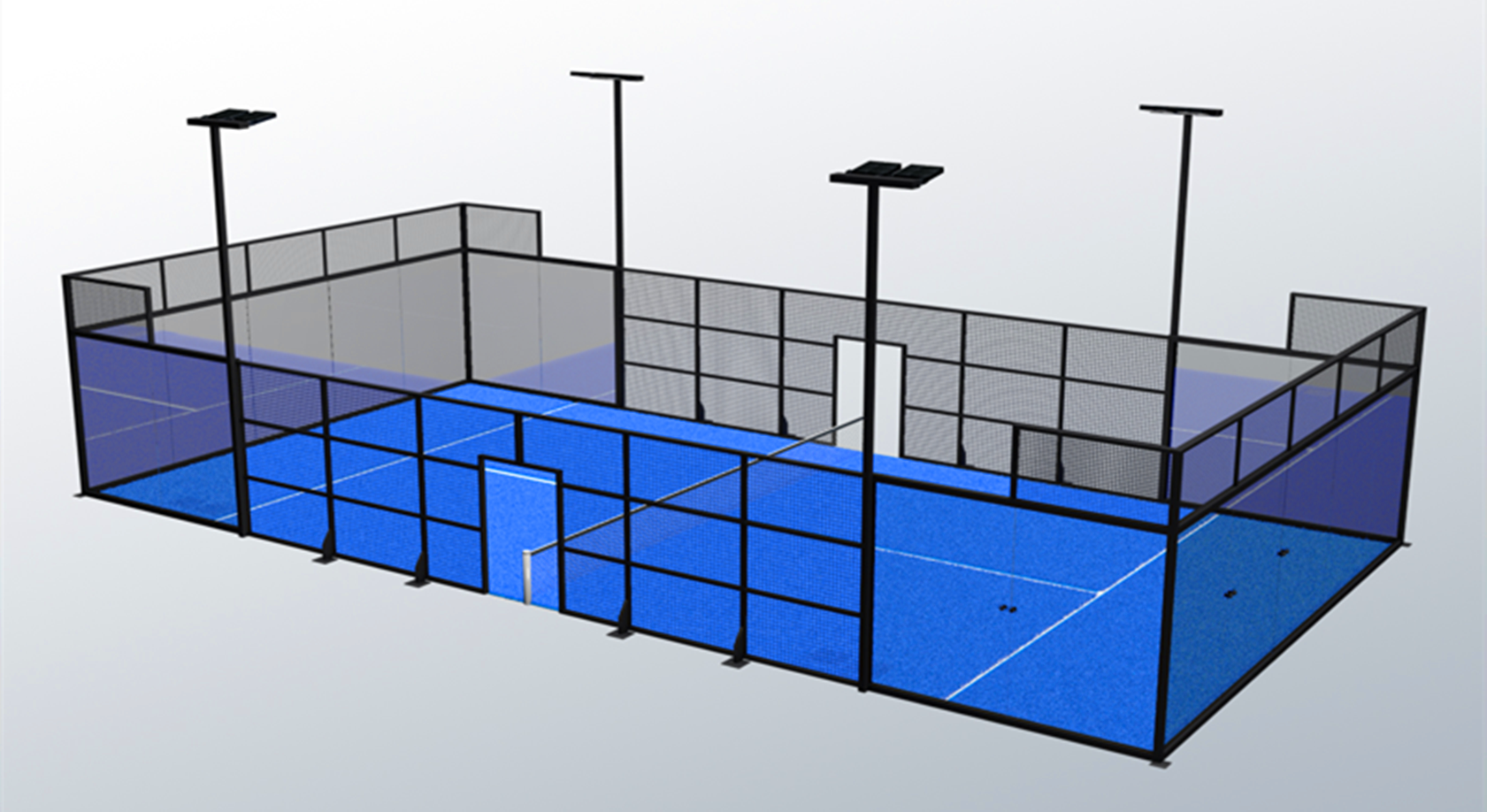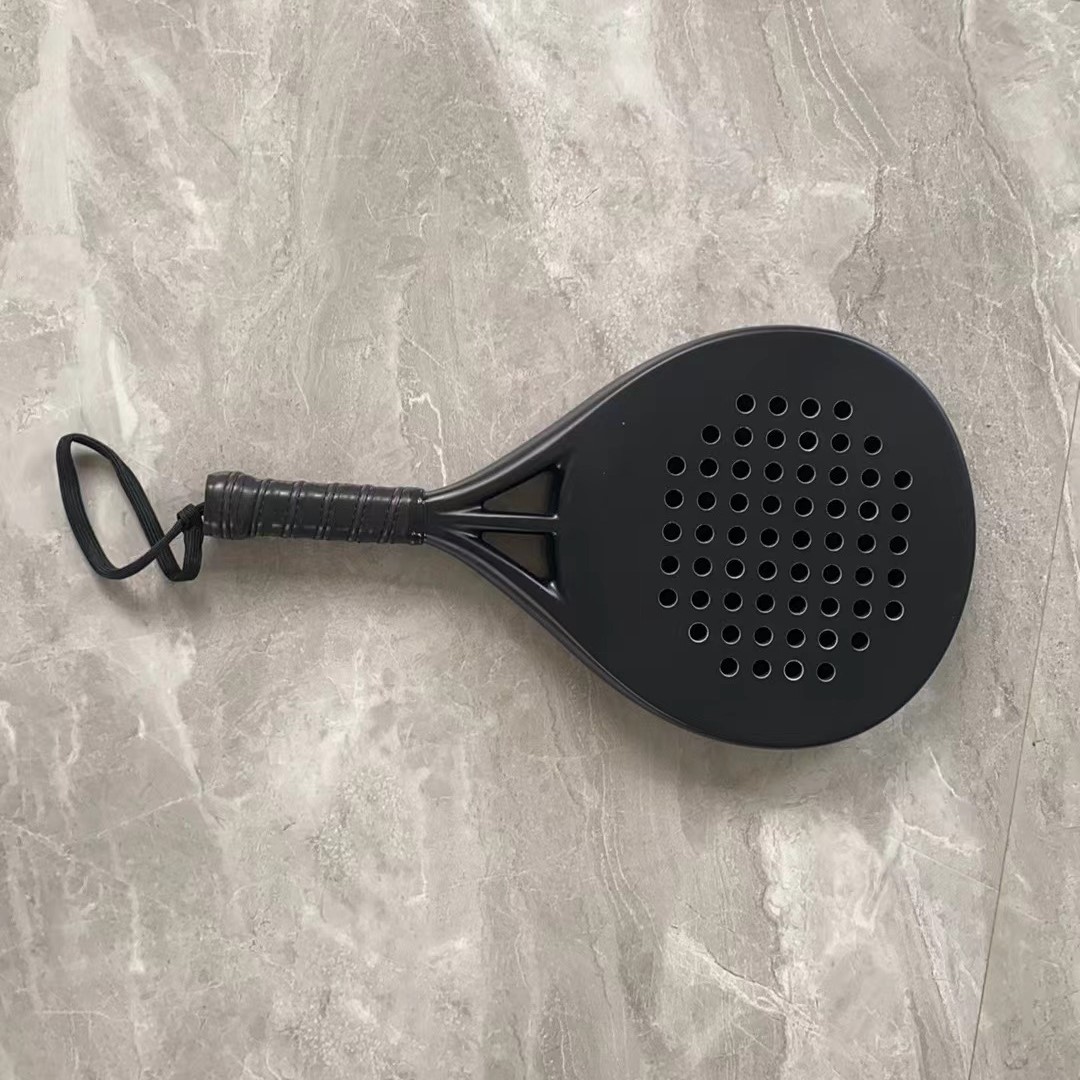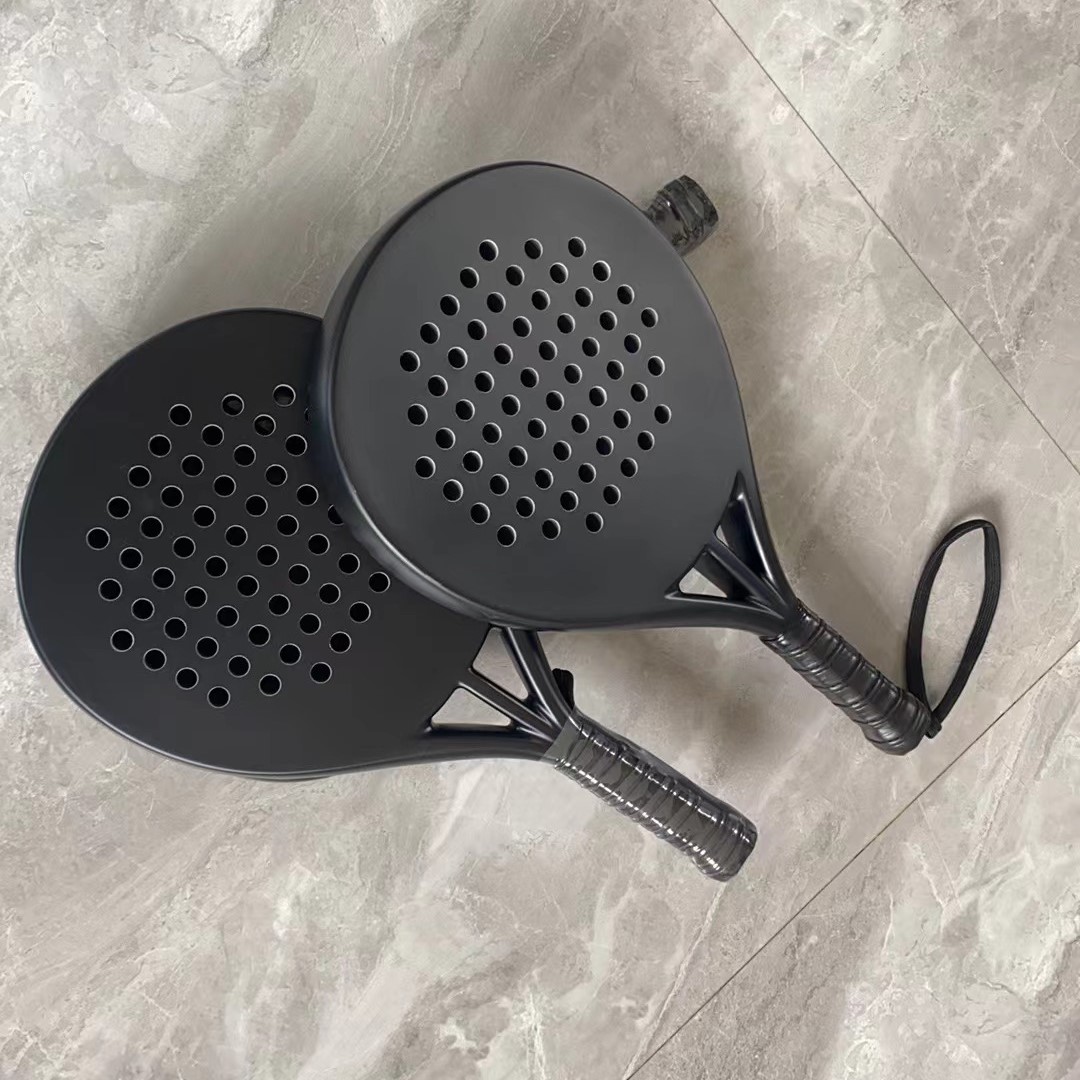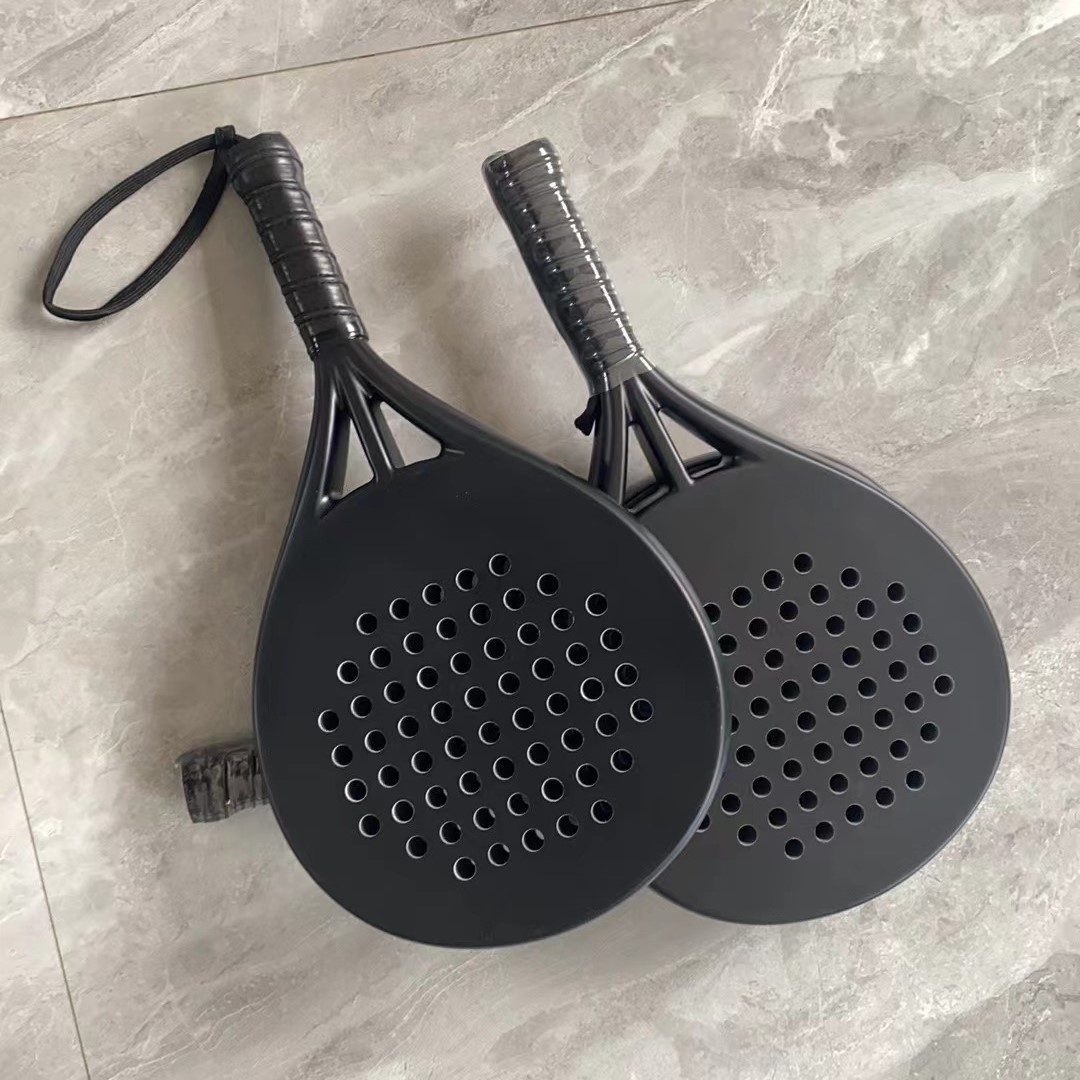A different Padel racket
In the dynamic and fun sport of plate tennis (padel), choosing the right racket is crucial to improving your skills and enjoying the game. Different from the traditional tennis racket, the plate tennis racket has its own unique features in design, material and weight. This article will take you inside the world of plate tennis rackets, explore the different styles and characteristics of rackets, and add new colors to your plate tennis journey.
First, let's look at the basic construction of a plate tennis racket. Generally speaking, the plate tennis racket consists of three parts: the racket face, the racket handle and the racket neck. The clapping face is usually made of lightweight but strong materials such as carbon fiber or aluminum alloy to ensure good elasticity and durability. The handle is designed according to personal holding habits and hand preferences, with a variety of options such as straight and curved handles. The neck of the racket connects the racket face and the racket handle, and plays the role of supporting and transmitting force.
In the market, we can find a variety of different types of plate tennis rackets. These rackets vary in weight, balance point and elasticity, and are suitable for players of different levels and styles. For example, lightweight rackets are more suitable for beginners and players who focus on flexibility because they are easier to swing and handle. Heavier rackets are more suitable for power players, as they provide better stability and power transmission.
In addition to the basic styles, there are some special plate tennis racket designs that deserve attention. Some brands have introduced rackets with shock-absorbing technology to reduce arm and wrist fatigue; There are also some rackets with a special surface treatment, which increases the comfort of holding and anti-slip. These innovative designs make the plate tennis racket a great improvement in both functionality and comfort.
When choosing a plate tennis racket, we need to consider our skill level, personal preferences and competition needs. Beginners can start with basic styles and gradually try more advanced racquets as their skills improve. For experienced players, you can choose the most suitable racket according to your style and needs.
Finally, it should be emphasized that the plate tennis racket is only a tool to improve the skill, the real key lies in our effort and practice. Only through continuous learning and practice can we give full play to the potential of the racket and enjoy the fun and sense of achievement brought by plate tennis.
In a word, different plate tennis rackets provide us with more choices and possibilities. By understanding and trying different styles and features, we can find the best racket for us, improve our skills, and enjoy the game. Let's explore the world of plate tennis racket and feel the charm and fun of this sport!
In the dynamic and fun sport of plate tennis (padel), choosing the right racket is crucial to improving your skills and enjoying the game. Different from the traditional tennis racket, the plate tennis racket has its own unique features in design, material and weight. This article will take you inside the world of plate tennis rackets, explore the different styles and characteristics of rackets, and add new colors to your plate tennis journey.
First, let's look at the basic construction of a plate tennis racket. Generally speaking, the plate tennis racket consists of three parts: the racket face, the racket handle and the racket neck. The clapping face is usually made of lightweight but strong materials such as carbon fiber or aluminum alloy to ensure good elasticity and durability. The handle is designed according to personal holding habits and hand preferences, with a variety of options such as straight and curved handles. The neck of the racket connects the racket face and the racket handle, and plays the role of supporting and transmitting force.
In the market, we can find a variety of different types of plate tennis rackets. These rackets vary in weight, balance point and elasticity, and are suitable for players of different levels and styles. For example, lightweight rackets are more suitable for beginners and players who focus on flexibility because they are easier to swing and handle. Heavier rackets are more suitable for power players, as they provide better stability and power transmission.
In addition to the basic styles, there are some special plate tennis racket designs that deserve attention. Some brands have introduced rackets with shock-absorbing technology to reduce arm and wrist fatigue; There are also some rackets with a special surface treatment, which increases the comfort of holding and anti-slip. These innovative designs make the plate tennis racket a great improvement in both functionality and comfort.
When choosing a plate tennis racket, we need to consider our skill level, personal preferences and competition needs. Beginners can start with basic styles and gradually try more advanced racquets as their skills improve. For experienced players, you can choose the most suitable racket according to your style and needs.
Finally, it should be emphasized that the plate tennis racket is only a tool to improve the skill, the real key lies in our effort and practice. Only through continuous learning and practice can we give full play to the potential of the racket and enjoy the fun and sense of achievement brought by plate tennis.
In a word, different plate tennis rackets provide us with more choices and possibilities. By understanding and trying different styles and features, we can find the best racket for us, improve our skills, and enjoy the game. Let's explore the world of plate tennis racket and feel the charm and fun of this sport!












